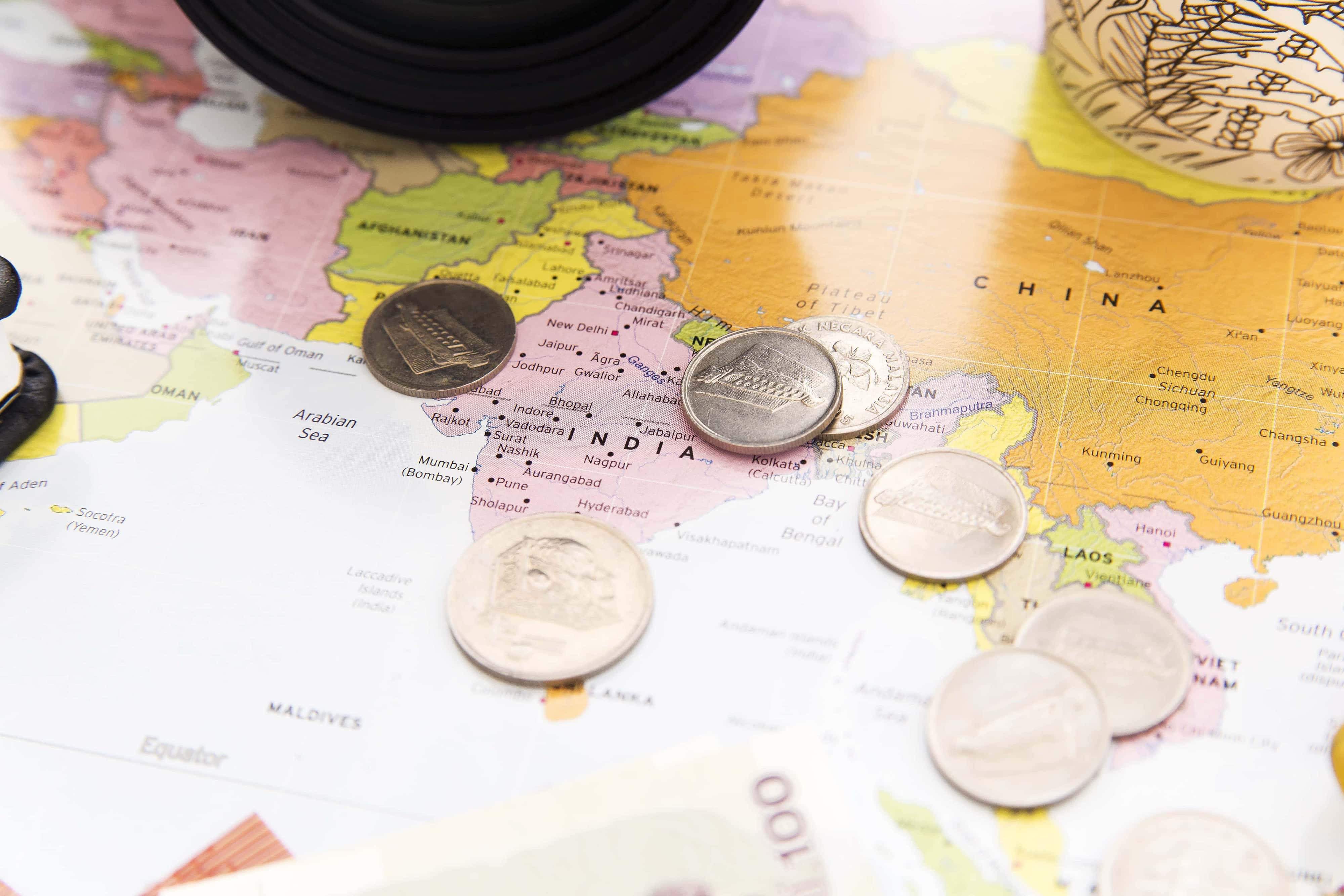India on Wednesday approved incentives worth INR 760 billion (USD 9.94 billion) to spur local manufacturing of semiconductors and display panels, as the country competes with China, Thailand, Indonesia, and Vietnam for a bigger foothold in global electronics.
The aid package will see the government provide support for up to half the cost of eligible manufacturing projects, according to a statement.
The government had earlier budgeted INR 553 billion rupees to promote large-scale production of electronics and another INR 980 billion to boost manufacturing of advanced batteries, auto components, and telecommunications and networking products.
India has made big strides in local manufacturing of automobiles, industrial goods, and pharmaceuticals, becoming the world’s largest producer of two- and three-wheelers and generic drugs, as well as the second-largest producer of steel and aluminum. But the Asian giant remains a laggard in electronics, despite robust growth in global demand.
“The program will promote higher domestic value addition in electronics manufacturing and will contribute significantly to achieving a USD 1 trillion digital economy,” the government said in the statement.
Ashwini Vaishnaw, India’s electronics and information technology minister, told reporters Wednesday the support “was a historic decision taken by Prime Minister Narendra Modi today, which will lead to the complete ecosystem of developing semiconductors including design, fabrication, packaging [and] testing.”
Industry body India Cellular and Electronics Association estimates that in the year ended March 2019, electronics made up just 4.9% of India’s manufacturing exports, compared with 33.3% of China’s and 44.1% of Vietnam’s. China’s electronics exports by value the same year were 81 times those of India, while Vietnam’s were 11 times as much.
New Delhi had announced a National Policy on Electronics in 2019 to establish India as a global hub for electronics manufacturing and achieve a turnover of USD 400 billion by 2025. The plan envisaged local manufacturing of 1 billion mobile phones by 2025, worth USD 190 billion—including 600 million such handsets valued at USD 110 billion for export.
The slew of incentives announced thereafter prompted smartphone makers, including Apple and Chinese players such as Xiaomi and Oppo, to commit to local manufacturing. Apple’s Taiwanese manufacturing partners Foxconn and Pegatron have set up plants in the southern state of Tamil Nadu, while another Taiwanese contractor, Wistron, moved into neighboring Karnataka.
South Korea’s Samsung built a display manufacturing unit in the northern state of Uttar Pradesh as part of its plans to reduce reliance on China.
“Currently, the manufacturing capabilities for key components of smartphones” such as chargers and adapters, battery packs and wired headsets “already exists in India,” consultancy firm KPMG and global bank HSBC noted in a report. “The contribution of these sub-assemblies to the typical bill of a material of an average-priced smartphone is estimated at about 67.5%.”
Lack of local manufacturing prowess, however, has led manufacturers to continue importing components such as chipsets, display units, camera modules, and image sensors—which account for a “significant part” of the phone costs—from China, South Korea, Vietnam, Japan, and the US, the report said.
Vaishnaw cited a “20-year roadmap” to create 85,000 “highly qualified and well-trained engineers” as part of a “chips to startups” program. He claimed that about one-fifth of the engineers in the global semiconductor industry are from India.
“Almost all major economies today are giving close to 50% capital incentive on setting up a semiconductor fabrication plant, and we will be giving practically a similar incentive,” Vaishnaw said. “What we are offering extra is a very clear 20-year roadmap, where the focus is on generating talent, nurturing the talent, and making sure that as the industry grows, there is sufficient number of very well-trained engineers for taking that journey forward. That will give us a bigger advantage.”
This article first appeared on Nikkei Asia. It’s republished here as part of 36Kr’s ongoing partnership with Nikkei.
